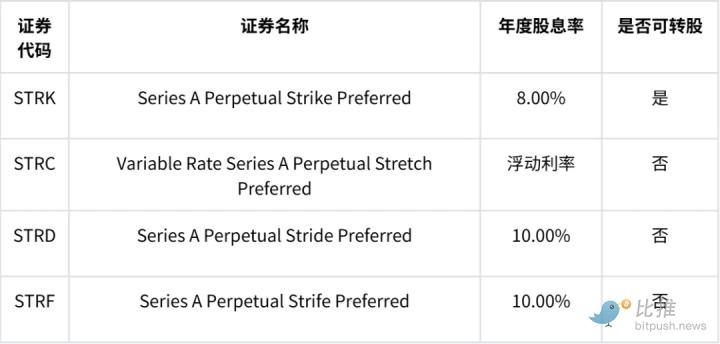BTC Dominance (BTCD) measures the percentage of Bitcoin's market capitalization relative to the total cryptocurrency market cap. It's a key indicator used by investors to assess Bitcoin's influence compared to other cryptocurrencies (altcoins).

Understanding BTC Dominance

- Definition: BTCD = (Bitcoin's Market Cap / Total Crypto Market Cap) × 100%
- Significance: A higher BTCD indicates Bitcoin's strong market presence, while a lower BTCD suggests altcoins are gaining traction.
Historical Perspective

- 2009–2016: BTCD was near 100% as Bitcoin was the dominant cryptocurrency.
- 2017: Dropped to ~37% due to the ICO boom and rise of altcoins like Ethereum.
- 2018–2020: Fluctuated between 55%–70% amid DeFi token growth.
- 2021: Fell to ~40% despite Bitcoin's price surge, owing to the proliferation of DeFi and NFT altcoins.
Importance of BTC Dominance

- Market Indicator: Reflects overall market sentiment and Bitcoin's market share.
- Investor Guidance: Helps in deciding asset allocation between Bitcoin and altcoins.
How to Use BTC Dominance
- Risk Management: High BTCD may signal market instability; investors might prefer Bitcoin's stability. Low BTCD could indicate opportunities in altcoins.
- Market Monitoring: Tracks capital flow between Bitcoin and altcoins.
- Trend Prediction: Rising BTCD may suggest a bearish market; falling BTCD could hint at an altcoin-driven bull market.
Factors Affecting BTC Dominance

- Market Trends: Bull markets often see decreasing BTCD as altcoins outperform.
- Bitcoin's Price Movements: Directly impact its market cap and dominance.
- Altcoin and Stablecoin Growth: New projects can dilute Bitcoin's market share.
- Introduction of New Coins: ICOs and new tokens attract investment away from Bitcoin.
Pros and Cons
Advantages:
- Market Sentiment Analysis: Gauges investor confidence in Bitcoin vs. altcoins.
- Identifying Altcoin Seasons: Signals when altcoins might outperform.
- Supplementing Technical Analysis: Enhances market understanding when used with other indicators.
Limitations:
- Doesn't Reflect Altcoin Quality: BTCD doesn't assess the intrinsic value of altcoins.
- Not Ideal for Long-Term Forecasts: Short-term volatility can skew long-term analysis.
- Doesn't Indicate Actual Demand: Doesn't measure real usage or transaction volumes.
Monitoring BTC Dominance
- Calculation: As mentioned, it's the ratio of Bitcoin's market cap to the total crypto market cap.
- Tools:
- CoinMarketCap & CoinGecko: Provide real-time BTCD data.
- TradingView: Offers advanced charting and analysis tools for BTCD.
Interpreting BTCD Charts
- Accessing Charts: Search for "BTC.D" on TradingView.
- Analyzing Trends:
- BTCD and Bitcoin Price Rising: Strong confidence in Bitcoin.
- BTCD Rising, Bitcoin Price Stable/Falling: Investors shifting to Bitcoin for safety.
- BTCD Falling, Bitcoin Price Rising/Falling: Potential altcoin season.
Best Practices
- Combine with Other Indicators: Use alongside RSI, MACD, and other tools.
- Beware of Short-Term Fluctuations: Short-term changes may not indicate long-term trends.
- Holistic Approach: Don't rely solely on BTCD; consider market news, technological developments, and global economic factors.
Conclusion
BTC Dominance is a valuable metric for understanding Bitcoin's position in the crypto market and gauging investor sentiment. While it offers important insights, it's essential to use it in conjunction with other analyses for well-rounded investment decisions.







